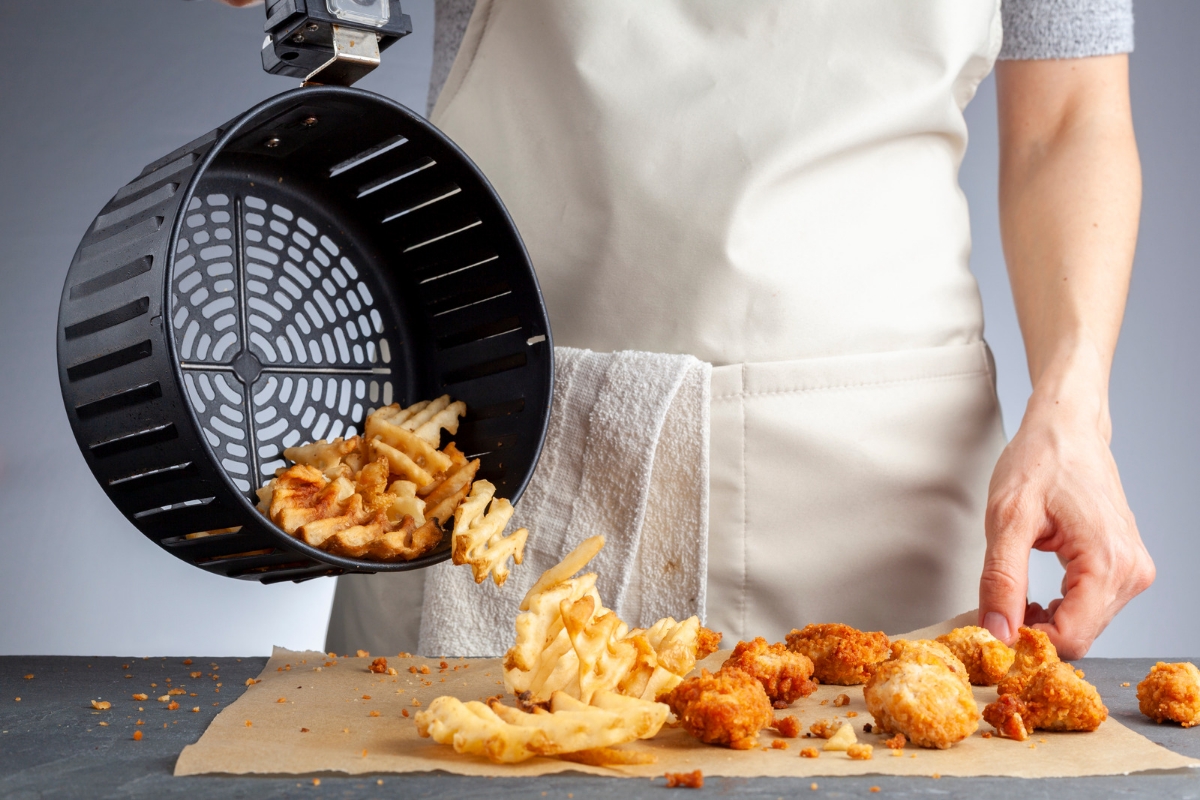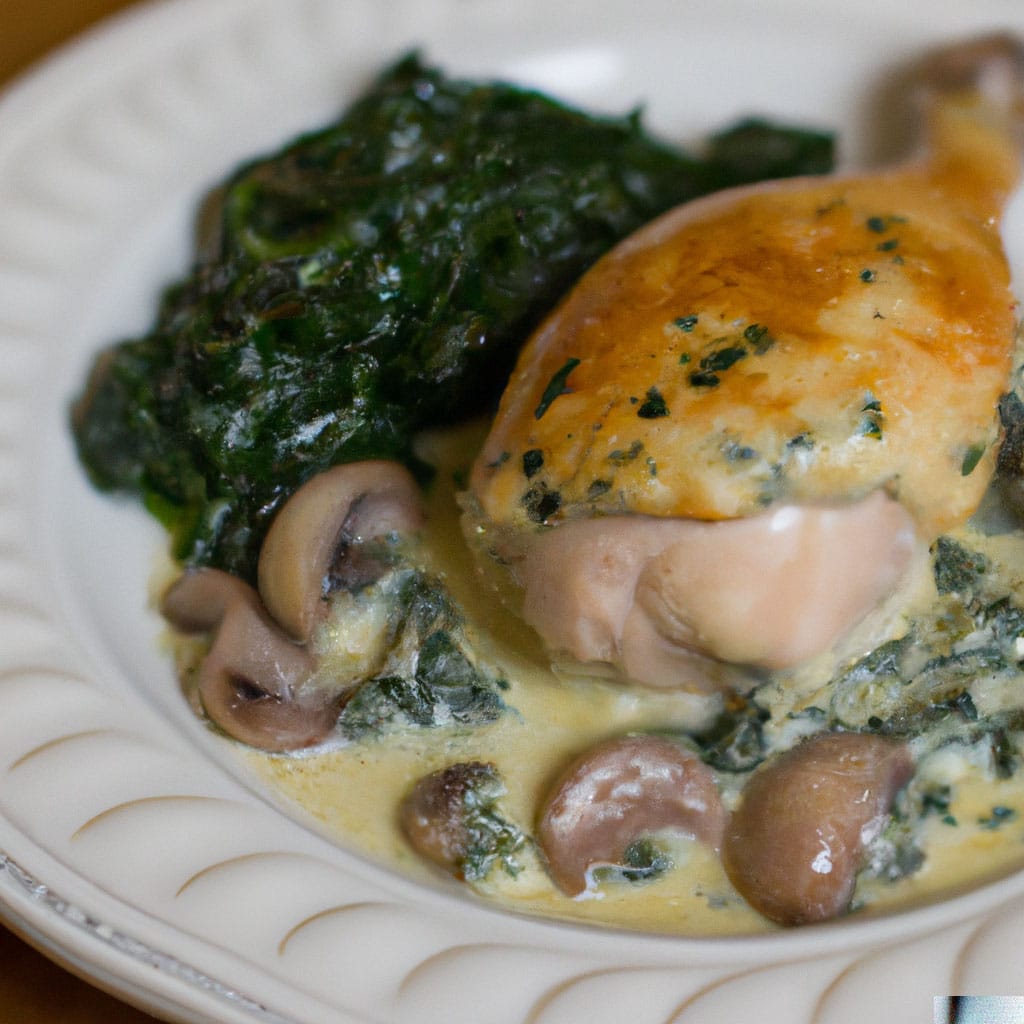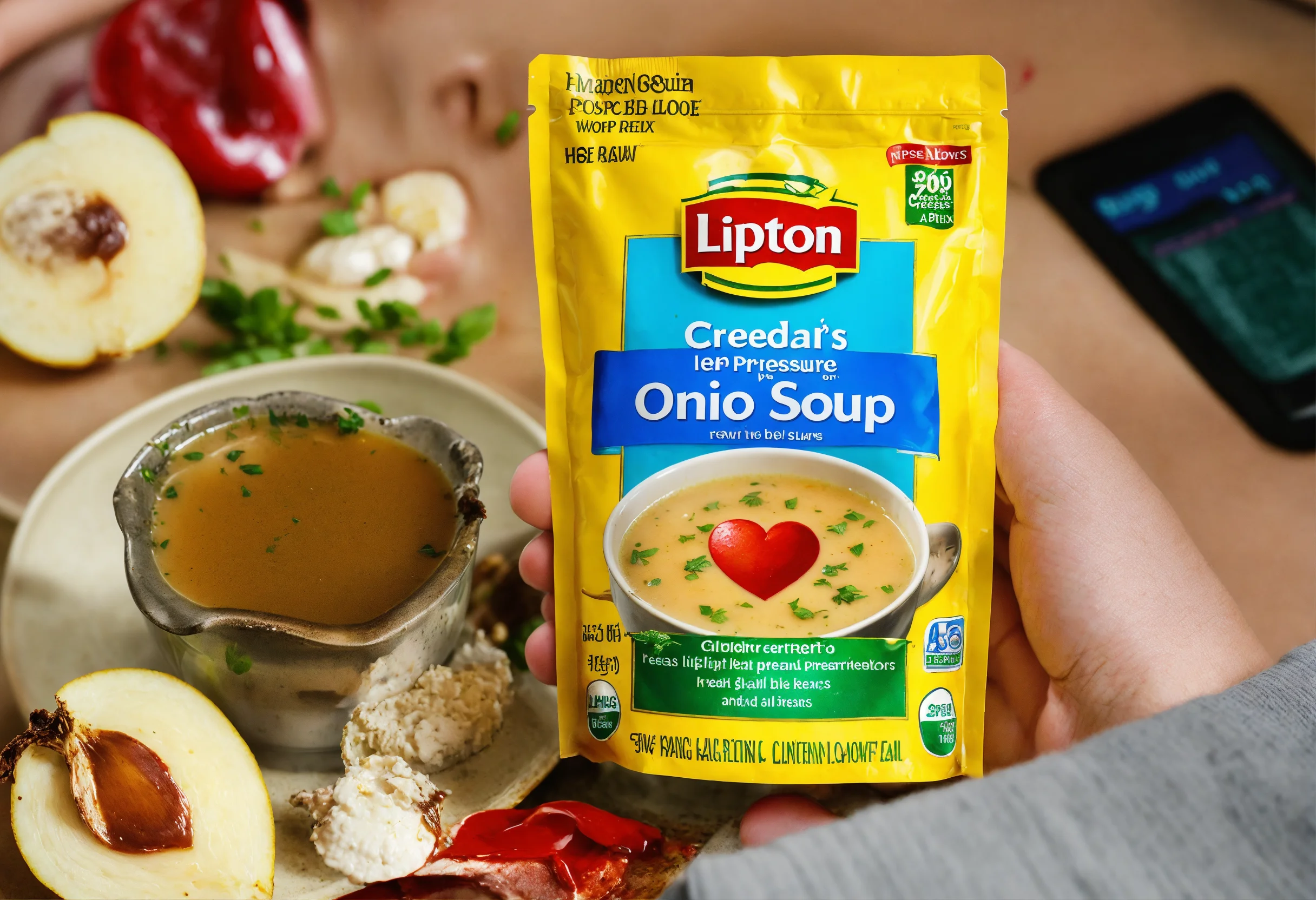Understanding Matcha’s Unique Properties in Baking
In the world of baking, matcha isn’t just another ingredient; it’s a game changer.This vibrant green tea powder, hailed for its health benefits and distinctive flavor, has taken the baking scene by storm. But what exactly makes matcha such a sought-after ingredient in the kitchen? and its journey into modern baking Let’s dive into the heart of matcha’s allure and uncover how it transforms the art of baking.
What is Matcha?
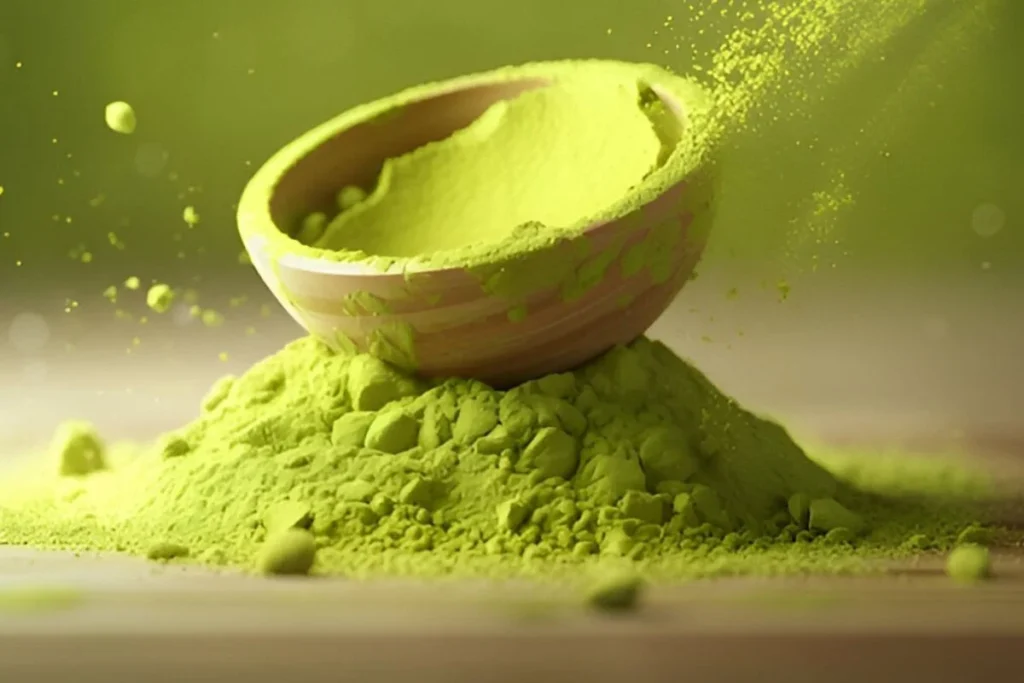
Matcha, a finely ground powder of specially grown and processed green tea leaves, is more than just a staple in Japanese tea ceremonies. It’s a culinary chameleon, adept at adding a unique twist to everything from cakes to cookies. Unlike traditional green tea, matcha involves consuming the entire leaf, offering a richer concentration of flavor and nutrients. But how do you choose the right matcha grade for your baking adventures?
For a detailed review of matcha’s health benefits and chemical composition, see this comprehensive study on PubMed Central.
Matcha vs. Traditional Green Tea
Now, you might wonder, “How does matcha differ from my regular cup of green tea?” Well, it’s all in the preparation and consumption. While green tea is steeped and discarded, matcha is whisked into water or added directly to recipes, ensuring you get every bit of its goodness. This difference is not just a matter of taste but also of health benefits, as matcha packs a more potent punch of antioxidants compared to its steeped sibling. Want to delve deeper into matcha’s health benefits?
For an overview of the science-backed health benefits of matcha, check out this Forbes article.
Popularity of Matcha in Modern Baking
Matcha’s rise to fame in the baking world isn’t just due to its health perks. Its ability to blend with a variety of ingredients makes it a versatile player in the kitchen. From the antioxidant properties it brings to a batch of cookies to the subtle yet complex flavor it adds to cakes, matcha is redefining the boundaries of baking. Its unique color also adds a visual flair, turning ordinary baked goods into eye-catching treats.
Matcha’s Impact on Baking Chemistry
iving into the heart of how does matcha affect baking?, we uncover a fascinating interplay of science and flavor. This section peels back the layers to reveal the chemical ballet that unfolds when matcha meets batter. Curious about the science behind it?
While exploring the chemistry of baking with matcha, you might also be interested in other baking techniques, like our Air Fryer Frozen French Fries Tips.
How Matcha Alters Baking Processes
First off, matcha isn’t just a flavor enhancer; it’s a chemical influencer. When added to baking recipes, matcha interacts with ingredients like flour, sugar, and eggs, creating a symphony of reactions. For instance, matcha’s slight acidity can modify the texture of baked goods, often resulting in a tender crumb. Additionally, its fine texture helps in even distribution throughout the batter, ensuring each bite is infused with its unique taste and color.
Matcha’s Effect on Flavor and Texture
Now, let’s talk about flavor and texture. Matcha brings a distinct, earthy taste to the table – a blend of sweet and bitter notes that can elevate a simple recipe to gourmet status. But it’s not just about taste; matcha’s contribution to texture is equally noteworthy. It can add density to cakes and bread, making them more moist and rich. Furthermore, matcha’s natural coloring imparts a stunning green hue, adding visual appeal to your baked creations.
Mastering Matcha in Baked Goods
As we delve deeper into the world of baking with matcha, it becomes clear that mastering its use is key to unlocking its full potential. Here, we’ll explore how to select the right grade of matcha, determine the perfect proportions, and pair it with complementary ingredients.
To broaden your culinary skills beyond baking, take a look at our comprehensive Mastering Frozen Salmon in the Air Fryer: A Step-by-Step Guide.
Selecting the Right Matcha Grade
First things first, not all matcha is created equal. For baking, culinary-grade matcha is your go-to choice. It’s less expensive than ceremonial-grade matcha and has a stronger flavor, which holds up well in baking. Remember, the quality of matcha can significantly influence the outcome of your baked goods.
Ideal Matcha Proportions in Recipes
Now, onto proportions. The golden question of how does matcha affect baking? largely depends on how much you use. A general rule of thumb is to start with one to two teaspoons per cup of flour. This ratio ensures that matcha’s presence is noticeable but not overpowering. However, feel free to experiment to find the perfect balance for your taste.
Pairing Matcha with Other Ingredients
Finally, let’s talk pairings. Matcha’s unique flavor complements a wide range of ingredients. It pairs beautifully with white chocolate, berries, and nuts, creating a harmonious blend of flavors. Additionally, matcha works well in both sweet and savory recipes, making it a versatile ingredient in your baking arsenal.
Mastering Matcha in Baked Goods
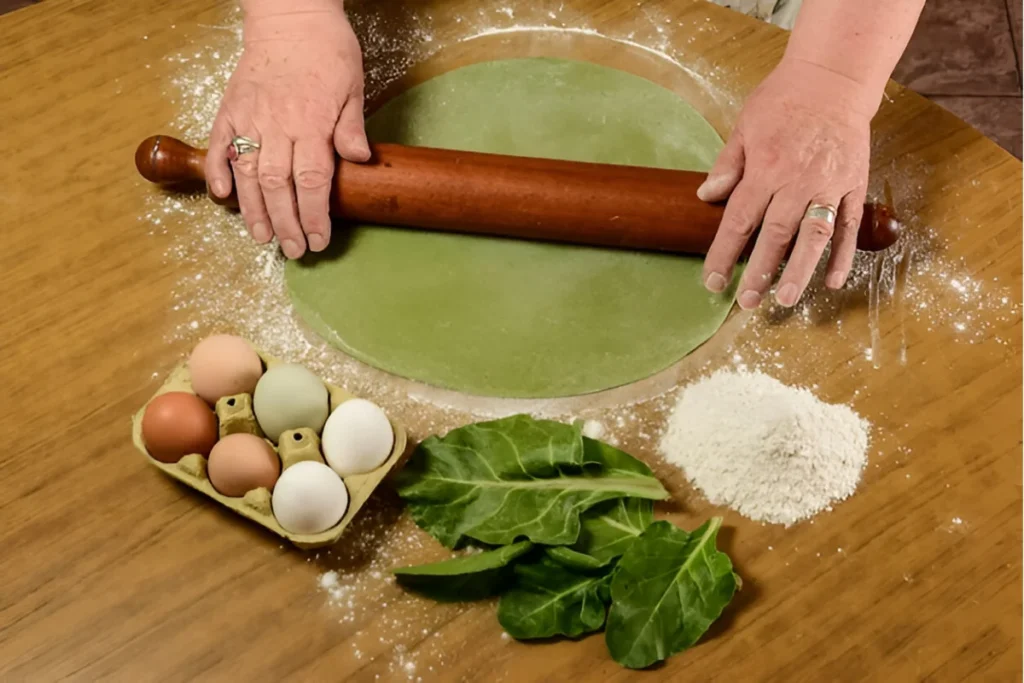
As we delve deeper into the world of baking with matcha, it becomes clear that mastering its use is key to unlocking its full potential. Here, we’ll explore how to select the right grade of matcha, determine the perfect proportions, and pair it with complementary ingredients.
Selecting the Right Matcha Grade
First things first, not all matcha is created equal. For baking, culinary-grade matcha is your go-to choice. It’s less expensive than ceremonial-grade matcha and has a stronger flavor, which holds up well in baking. Remember, the quality of matcha can significantly influence the outcome of your baked goods.
Ideal Matcha Proportions in Recipes
Now, onto proportions. The golden question of how does matcha affect baking? largely depends on how much you use. A general rule of thumb is to start with one to two teaspoons per cup of flour. This ratio ensures that matcha’s presence is noticeable but not overpowering. However, feel free to experiment to find the perfect balance for your taste.
Pairing Matcha with Other Ingredients
Finally, let’s talk pairings. Matcha’s unique flavor complements a wide range of ingredients. It pairs beautifully with white chocolate, berries, and nuts, creating a harmonious blend of flavors. Additionally, matcha works well in both sweet and savory recipes, making it a versatile ingredient in your baking arsenal.
Innovative Recipes Using Matcha
Embracing the versatility of matcha in baking opens up a world of culinary creativity. In this section, we’ll explore some innovative recipes that showcase how matcha can transform both sweet and savory baked goods into something extraordinary.
For a practical example of using matcha in baking, check out our delicious Matcha Cookies Recipe Guide.
Sweet Treats with Matcha
Imagine biting into a soft, moist cupcake with a vibrant green hue. That’s the magic of matcha in sweet baking. For instance, a matcha sponge cake offers a delicate balance of sweetness and the distinct, earthy flavor of matcha. Or consider matcha cookies, where the green tea powder not only adds a unique taste but also a nutritional boost. These treats are not just delicious; they’re a conversation starter!
Savory Matcha Baking Ideas
But let’s not limit ourselves to sweets. Matcha’s unique flavor profile can enhance savory dishes too. How about a matcha-infused bread? The subtle taste of matcha pairs wonderfully with herbs and spices, creating a loaf that’s as visually appealing as it is flavorful. Or, for a more adventurous take, try incorporating matcha into a pizza dough for a nutritious twist on a classic favorite.
Frequently Asked Questions About Matcha in Baking
In our journey exploring how does matcha affect baking?, several common queries have emerged. This FAQ section aims to address these, providing clarity and additional tips for baking enthusiasts.
Best Practices for Storing Matcha
Firstly, proper storage of matcha is crucial for maintaining its quality. Keep your matcha in an airtight container, away from light and moisture. This practice ensures that the matcha retains its vibrant color and distinctive flavor, which are essential for successful baking.
Substituting Matcha in Traditional Recipes
Now, let’s tackle substitutions. If you’re looking to add matcha to a recipe that doesn’t call for it, start small. A teaspoon or two can be enough to impart matcha’s unique flavor and color to your baked goods. Remember, a little goes a long way!
Managing Matcha’s Bitterness in Baking
Lastly, addressing the bitterness that matcha can sometimes bring to the table. The key is balance. Pairing matcha with sweet ingredients like white chocolate or fruits can offset its bitterness. Also, be mindful of the matcha quality and quantity used, as these can significantly impact the final taste.
Conclusion: The Transformative Effect of Matcha in Baking
As we reach the end of our exploration into how does matcha affect baking?, it’s clear that this vibrant green tea powder does more than just add color to our favorite treats. Matcha brings a unique combination of flavor, health benefits, and versatility to the baking table, making it a beloved ingredient among culinary enthusiasts.
Matcha’s impact on baking is not just about the distinct, earthy flavor it imparts. It’s about the way it interacts with other ingredients, altering textures and adding nutritional value. Whether it’s in a batch of chewy cookies or a fluffy chiffon cake, matcha makes its presence known, enhancing both the taste and appearance of baked goods.
Moreover, the adaptability of matcha in various recipes – from sweet to savory – opens up a world of culinary possibilities. It encourages bakers to experiment and push the boundaries of traditional baking. The journey of discovering the perfect matcha recipe is as rewarding as enjoying the final product.
In conclusion, matcha is more than just a trend in the baking world. It’s a testament to the ever-evolving nature of culinary art, where traditional ingredients are rediscovered and reimagined in exciting new ways. So, the next time you’re in the kitchen, consider reaching for that jar of matcha. You might just be surprised at the magic it brings to your baking creations.

